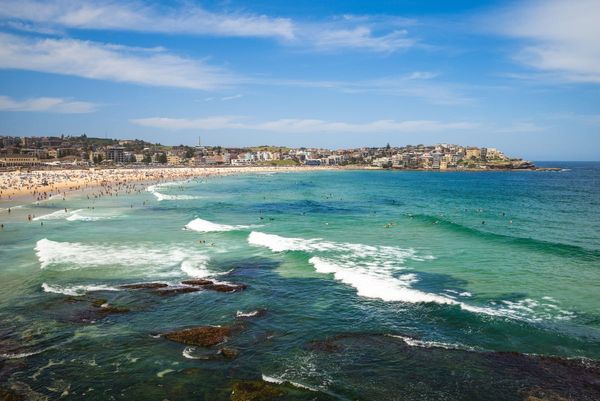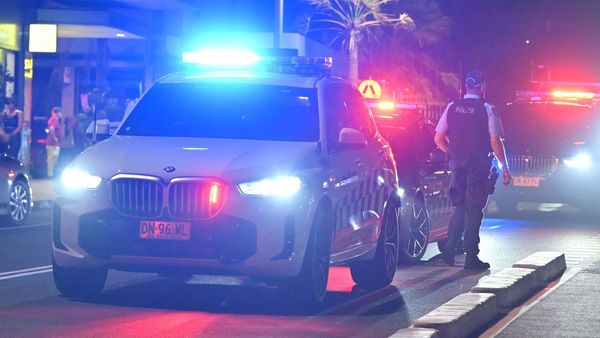Flags – particularly the union flag and the St George’s Cross – continue to appear in towns and cities in England, at times in response to the housing of migrants and asylum seekers in the local area.
Groups such as Operation Raise the Colours, the Weoley Warriors, Flag Force UK, and the Wythall Flaggers have claimed responsibility for putting the flags up. In many places the flags seem to be in place for the foreseeable future. In Brighton and Hove the local council began to remove flags, only to be forced to leave some up when the contractors sent to take them down were abused.
Displays of flags on street furniture and buildings, such as pubs, are not unusual. But while they are common around the celebration of royal events and major sporting occasions, it is more exceptional to see them put up in reference to political issues. This appears more coercive as an action. There is a sense of territory being marked.
We’ve heard predictable claims that the flags are just a display of pride in a British or English identity. This is an easy claim to make as it clearly is, in part, to do with nationalistic pride. The point is that they are being hung in particular places, by particular groups of people and in a particular way that clearly links them to the ongoing debates and hostility to migration.
As any anthropologist would tell you, symbols are multi-vocal. They offer a range of meanings that depend on who is using them and the context in which they are being used. If the symbols are being used to send a message, the intended recipient of that message adds another layer of meaning.
The use of flags, in what political scientist Marc Howard Ross calls the symbolic landscape, carries significant cultural value – or what sociologist Pierre Bourdieu would have termed symbolic capital. They are displays of patriotism that are common in different forms, in nations around the world. They are used by nation states in rituals and public spaces, by the elite, by politicians and by companies selling their products. They’re waved at sports events and displayed as part of everyday, banal, practices. They are the stock and trade of how the nation is imagined and performed.
Anthropologists Thomas Hylland Eriksen and Richard Jenkins’s book Flag, Nation, Symbolism in Europe and America shows that the use of flags can vary quite widely. In Denmark, the national flag adorns birthday cakes. In Canada it is the essential addition to any large cottage around the lakes of Ontario. And in the US, one of the most flag obsessed countries, it is flown at sporting events big and small.

Flags in Northern Ireland
Generally the British are seen as being more reserved in their use of the Union flag, in part because of its complex relationship with Englishness, Irishness, Scottishness and Welshness. But in Northern Ireland, flags fly from lamp-posts nearly all year around. Union flags, the Ulster Banner (the former flag for the Northern Ireland government), and Scottish Saltires often fly alongside the paramilitary flags of the Ulster Volunteer Force (UVF) and the Ulster Defence Association (UDA).
Many of these are put up in the summer and, while some are taken down in September, others remain through winter, becoming tatty as the weather turns colder and wetter, and ultimately being replaced in the spring. Flags have long been put up to commemorate the Battle of the Boyne on July 12, but the commemorative season now includes the Battle of the Somme (July 1), local band parades in June and goes through to Ulster Day (September 28) and Remembrance Sunday in November.
Flags are put up predominantly by groups of men in working-class areas. The expansion of the practice seemed to date from around 2000 when a feud between the UVF and UDA flared up and each group used flags to demarcate the areas they controlled. This was predicated on the available of cheap, mass-produced nylon flags imported from Asia.
Irish Tricolours fly in Irish nationalist areas, but not with the same density or frequency. They, too, are sometimes used as signs of demarcation between different Republican groups. The Tricolour has also recently been put up on lamp-posts in Dublin by rightwing groups.
In Northern Ireland the practice has many detractors. Some feel the flag is being disrespected (particularly as the flags quickly become tatty and dirty) while others see their presence as part of a practice of coercive control by paramilitary groups. Others long for more shared public space without these symbols and some fear their presence might reduce the value of houses in the area.
There is in fact clear legislation in Northern Ireland making it unlawful for a flag to be affixed to a lamp-post. However the Department of Infrastructure, which has authority over the lamp-posts, steadfastly refuses to remove the majority of the thousands of flags. Despite the coercive control invoked and the displays of flags by organisations proscribed under terrorism laws, the Police Service of Northern Ireland (PSNI) rarely intervenes.
A five-year, all-party Commission on Flags, Identity, Culture and Tradition (of which I was co-chair), published a report in 2021 concluding that “citizens do not have lawful authority to put up any flag on lamp posts or road signs” and calling for better coordination on the issue that should include local councils. But no new policies have developed.
Despite a dozen research and policy reports over more than two decades (including at least six with me as one of the authors) funded by British research organisations, the Northern Ireland government the Irish government and charities, the numbers of flags on lamp-posts remains in the tens of thousands.
Authorities find it difficult to decide how to handle flags in part because “policing” the use of the national flag looks unpatriotic. Nationalism and patriotism are so embedded within the discourses of nearly all of the major political parties that it’s impossible for politicians to tell the general public that they aren’t allowed to wrap themselves in the same symbols.
And so even if it is obvious the symbols are used as leverage in a racist or sectarian act of territory marking, those with authority are loathed to do anything about it.
Short of the legitimacy of “tradition” that is so powerful in Northern Ireland, the practice in England, Scotland, Wales or the rest of Ireland, might fade away. Or it might become embedded in a world of increased chauvinistic and xenophobic nationalism.
Want more politics coverage from academic experts? Every week, we bring you informed analysis of developments in government and fact check the claims being made.
Sign up for our weekly politics newsletter, delivered every Friday.
This article contains references to books that have been included for editorial reasons, and this may include links to bookshop.org. If you click on one of the links and go on to buy something from bookshop.org The Conversation UK may earn a commission.
Dominic Bryan receives funding from the ESRC and I have received funding from the AHRC, the Government of Northern Ireland and the Irish Government in the past. I am a member of the Green Party.
This article was originally published on The Conversation. Read the original article.







